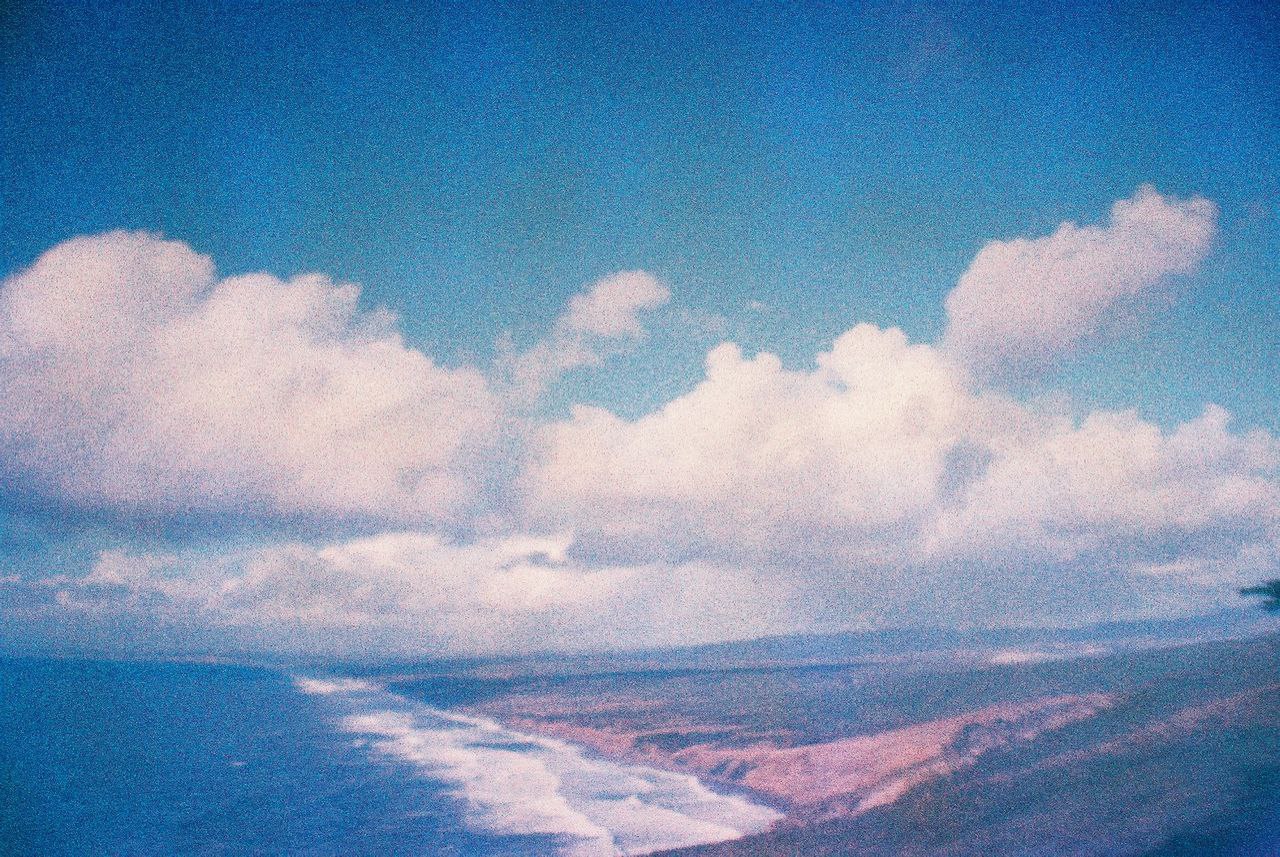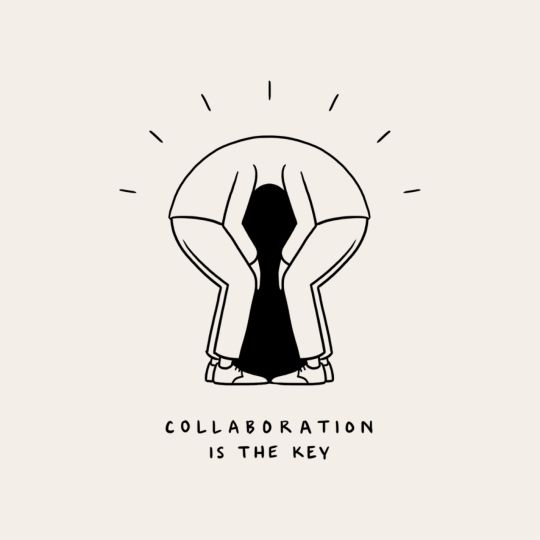Do It With Others or DIWO for short, is a term that was created back in 2006. The term DIWO, means what it stands for, of which is collaboration. With the world slowly revolving and advancing, individualism may not be the best way to progress because collaboration allows more than just working with possibly smarter people. Collaboration creates a community where everyone can share openly with one another.


After reading the article and watching the video of Marc Garret, I realised that DIWO is necessarily not limited strictly to art cultures. It can go beyond that and combine different fields together for example, art and science. By having such combinations, outcomes will be more effective and creative.
Here are some points that I have picked out after reading the article,
History of DIWO
Unexpectedly, DIWO did not start out in a pure art space, instead it started with experimental music sound and music in the late 80s and 90s. A music scene that speaks the same values as DIWO is the contemporary indie scene. Indie music scene is a independent music scene, most likely creating music that is in opposition to mainstream music. Like Indie, DIWO is also independent and self-governed due to its practice of grounded ideas and relational connections with others. DIWO most closely associated to Media Art, till today, is still struggling to find its place in the world. Media art depends largely on technology together with sound recordings and visual images to create art works. DIWO also has cultural and historical links with Net Art and Technical Media.
Roles between artists and curators
Practicing DIWO challenges the roles between artists and curators. With DIWO, there is no one strict role, an artist can become a co-curator and a curator can become a co-creator. This collaboration in a sense allows roles to be mixed around and opportunities for fresh ideas/opinions to grow. Like others say, sometimes it’s good to have a pair of fresh eyes. As such, DIWO promotes a more unique collaboration and sharing experience.
DIWO and Maker Culture
Maker culture is a phenomenon leaning heavily towards the idea of constructivism. Do-It-Yourself (DIY) methods are part of the Maker Culture as they promote hands-on learning. DIWO itself also expanded from the term DIY but instead of doing hands-on learning yourself, you now should share your experiences and learning with others. DIWO compared to DIY “is more representative of contemporary, collaborative – art practice which explores through the creative process of using networks, in a collective manner.”
Article Reflections
I resonate and agree with the practice of DIWO. As mentioned in the article, artists actively urge to introduce themselves as ‘new’ and ‘exciting’. Because of that, we don’t learn to move forward and create opportunities to receive greater, wider creative dialogue, we may forever be stuck in a cycle. The art of working with others, sharing information with others has definitely more pros and cons. DIWO is slowly getting recognition from the world.
A rising trend that is has values of DIWO is Crowd-sourcing where anyone and everyone can help contribute to a project whether it is sharing of ideas of helping monetarily. Because of crowd-sourcing, many projects that were once deemed impossible to create has now been completed and that is only possible because of collaboration.
I am excited to see the practice DIWO grow and impact the way the world does art or anything else for that matter!
References:
https://www.forbes.com/sites/williamcraig/2015/02/27/what-is-maker-culture-and-how-can-you-put-it-to-work/#66008fd5540b
https://www.forbes.com/sites/tjmccue/2012/06/12/do-it-with-others-maker-community-manifesto/#31430d407151
image from: http://mattblease.tumblr.com/post/137349721656


